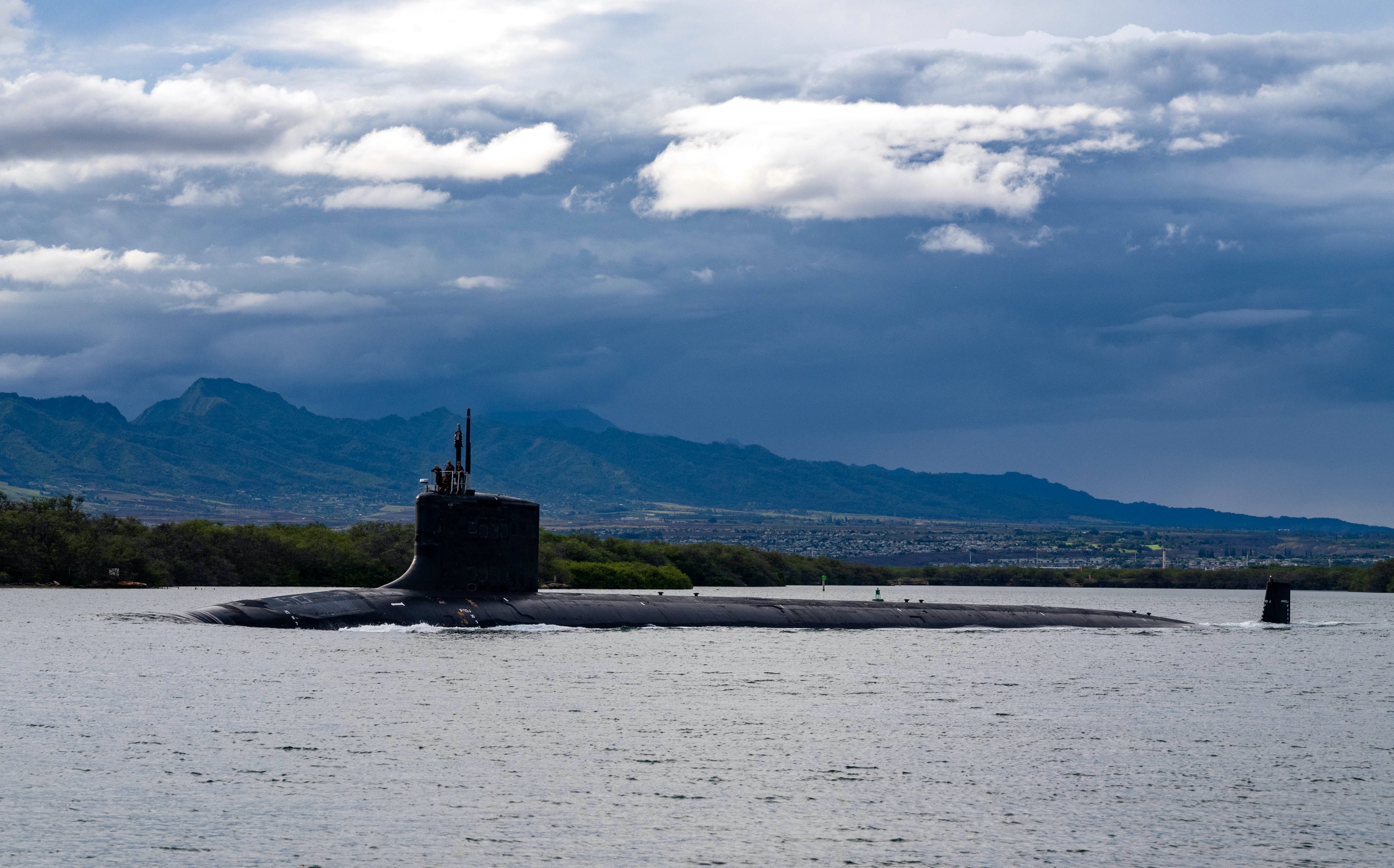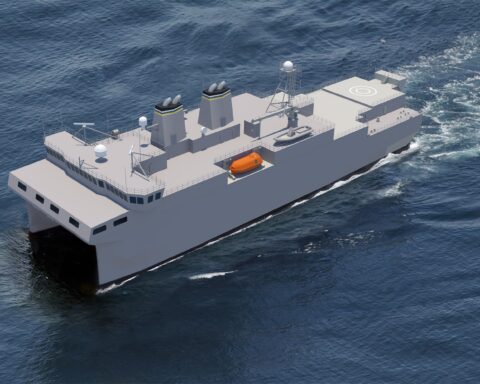The following is the Feb. 27, 2018 Congressional Research Service report, Joint Light Tactical Vehicle (JLTV): Background and Issues for Congress.
From the Report:
The Joint Light Tactical Vehicle (JLTV) is being developed by the Army and the Marine Corps as a successor to the High Mobility, Multi-Wheeled Vehicle (HMMWV), which has been in service since 1985. On October 28, 2008, awards were made for the JLTV Technology Development (TD) Phase to three industry teams: (1) BAE Systems, (2) the team of Lockheed Martin and General Tactical Vehicle, and (3) AM General and General Dynamics Land Systems.
On January 26, 2012, the Army issued the Request for Proposal (RFP) for the JLTV’s Engineering Manufacturing Development (EMD) phase. Up to three EMD contracts scheduled for June could have been awarded. The period of performance for EMD contracts was 27 months, and the overall EMD phase was scheduled to last 33 months. Vendors were required to provide 22 JLTV prototypes for testing 12 months after contract award. The target cost for the base vehicle was $250,000, excluding add-on armor and other kits.
On August 22, 2012, the Army announced the award of three firm-fixed price JLTV EMD contracts totaling approximately $185 million. The three companies awarded the EMD contracts were AM General, LLC (South Bend, IN); Lockheed Martin Corporation (Grand Prairie, TX); and Oshkosh Corporation (Oshkosh, WI).
On September 3, 2013, the Army began JLTV testing at Aberdeen Proving Ground, MD; Yuma, AZ; and Redstone Arsenal, AL. The Army planned to select a single vendor by 2015, with the first Army brigade being equipped with JLTVs by 2018. FY2015 program plans anticipated a Milestone C (Production and Deployment Phase Approval) decision in the fourth quarter of FY2015, followed by Low Rate Initial Production (LRIP).
In June 2014, the Army issued a draft RFP for the JLTV Full-Rate Production Phase. The Secretary of Defense conducted an interim review of the JLTV program and found it is likely to meet all eight key performance parameters. Three companies who were picked in 2012 to build prototypes—Oshkosh, Lockheed Martin, and AM General—submitted their bids for the LRIP contract by the February 10, 2015, deadline.
On August 25, 2015, it was announced the Army had awarded Oshkosh a $6.7 billion low rate initial production (LRIP) contract with eight options to procure the initial 16,901 vehicles for the Army and Marines. The JLTV is being produced in Oshkosh, WI.
It is also reported the Army plans to use the JLTV as the interim platform for its upcoming Light Reconnaissance Vehicle (LRV) program instead of procuring a new system. The British Army is reportedly trying to acquire 2,747 JLTVs through Foreign Military Sales (FMS). The Marines have also reportedly increased their JLTV requirement for a total of 9,091 JLTVs.
Preliminary Army and Marine JLTV fielding plans call for 500 JLTVs to be fielded to an Infantry Brigade Combat Team (IBCT) in the 10th Mountain Division at Ft. Drum, NY, and 65 JLTVs to an Infantry Battalion with the 2nd Marine Expeditionary Force (MEF) at Camp Lejeune, NC, in early 2019.
The FY2019 budget request for JLTVs is $1,961.5 million for 5,113 JLTVs for the Army, Marines, and Air Force.
The major potential issues for Congress include whether an increase in endstrength and force structure might result in an increase in overall JLTV requirements, and possible effects of JLTV Foreign Military Sales.
via fas.org





